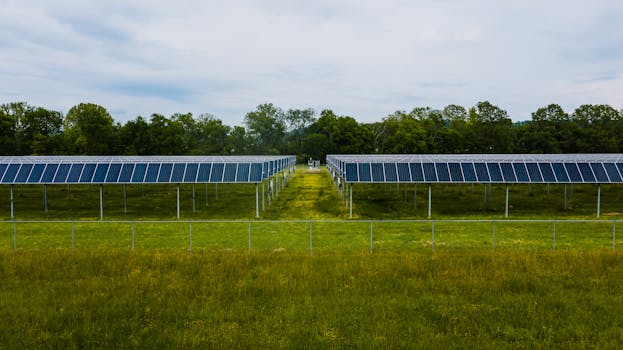Sustainable Cities: How Europe is Shaping Eco-Friendly Lifestyles by 2025
Sustainable cities, eco-friendly lifestyles, and green initiatives are at the forefront of Europe’s development goals, aiming to reduce carbon footprint and promote environmentally conscious living by 2025. The European Union has set ambitious targets to become carbon neutral, and cities across the continent are pioneering innovative solutions to achieve this goal.
Introduction to Sustainable Cities

The concept of sustainable cities revolves around creating urban environments that minimize harm to the environment, conserve resources, and promote eco-friendly lifestyles. This is achieved through a combination of green infrastructure, renewable energy sources, and innovative transportation systems. European cities are at the forefront of this movement, with many already implementing sustainable practices and policies.
European Cities Leading the Way

Cities like Copenhagen, Stockholm, and Barcelona are exemplary models of sustainable urban development. These cities have implemented initiatives such as bike-sharing schemes, electric vehicle charging stations, and green roofs to reduce carbon emissions and promote eco-friendly transportation. Additionally, they have invested heavily in renewable energy sources, such as wind and solar power, to reduce their reliance on fossil fuels.
Green Initiatives and Policies

The European Union has implemented various policies and initiatives to support the development of sustainable cities. The EU’s Circular Economy Package, for example, aims to reduce waste and promote recycling, while the European Green Deal sets out a roadmap for achieving carbon neutrality by 2050. Cities are also encouraged to develop and implement their own sustainable development plans, with funding and support provided by the EU.
Challenges and Opportunities

While European cities are making significant strides in sustainable development, there are still challenges to be addressed. One of the major hurdles is the need for significant investment in green infrastructure, which can be costly and time-consuming to implement. However, this also presents opportunities for innovation and job creation in the sustainable energy and construction sectors.
Conclusion

In conclusion, Europe is shaping eco-friendly lifestyles and promoting sustainable city development through innovative initiatives and policies. As the continent continues to strive towards carbon neutrality by 2025, it is likely that we will see even more exciting developments in the field of sustainable cities. With the EU’s support and funding, cities are empowered to create a better future for their citizens, and for the planet.






